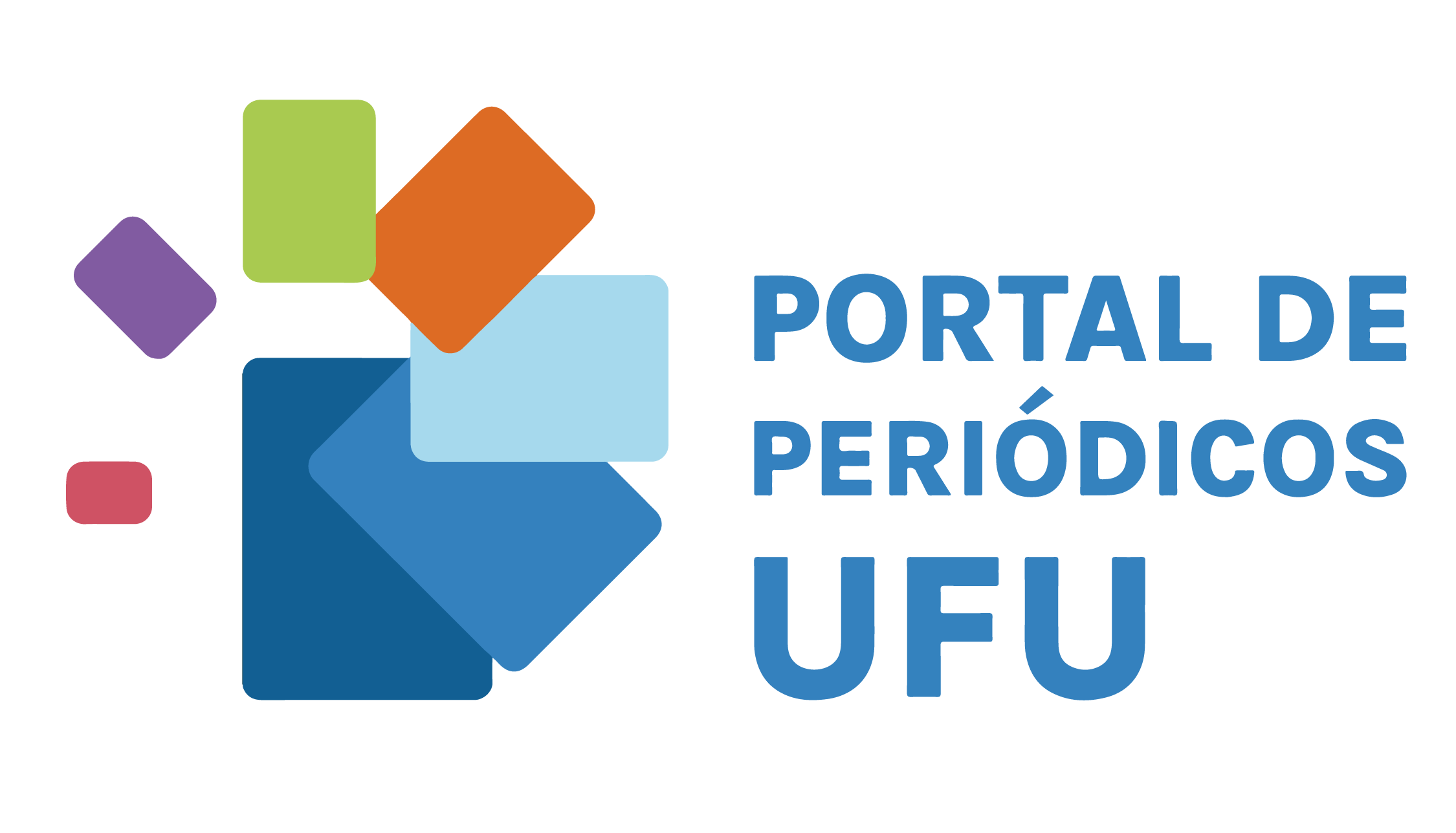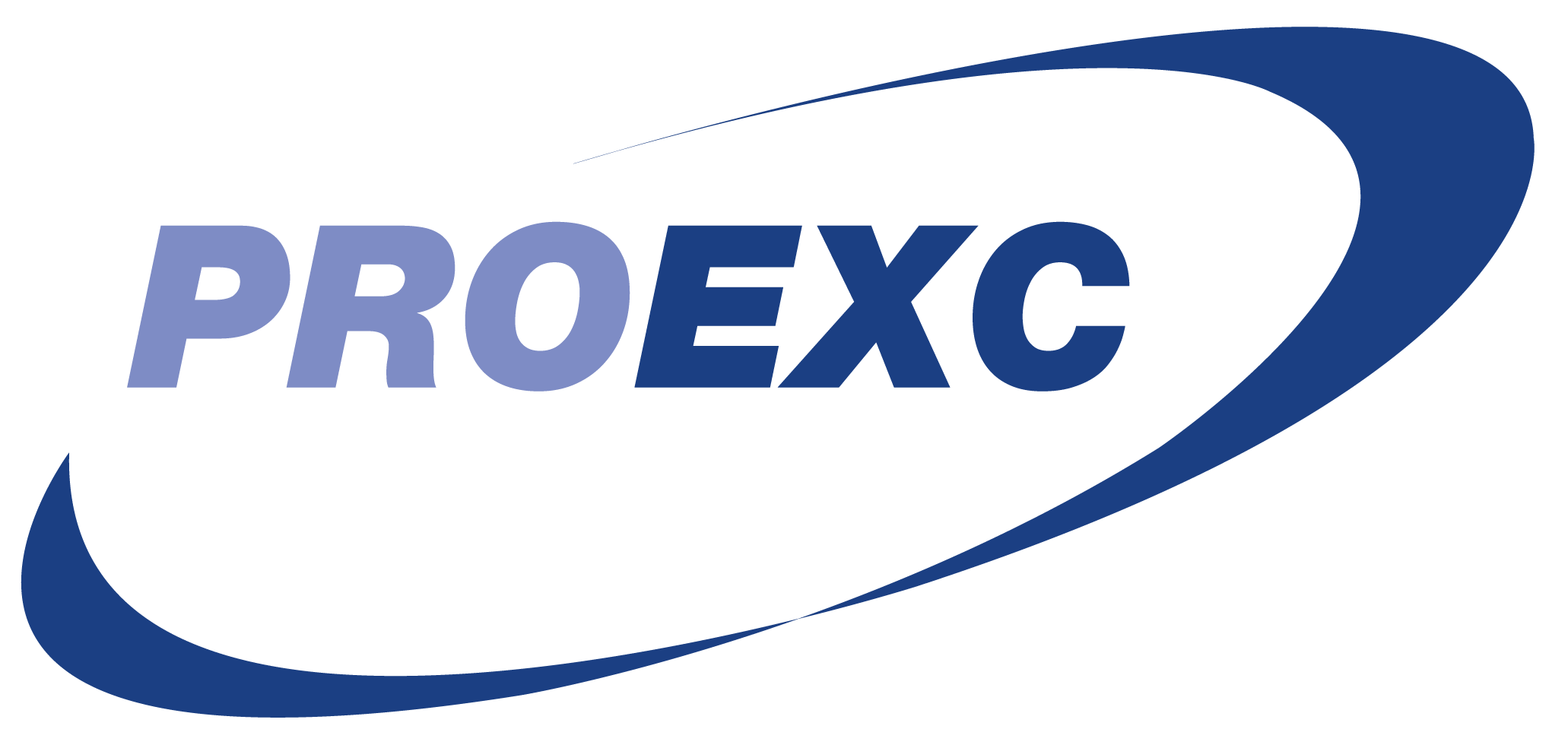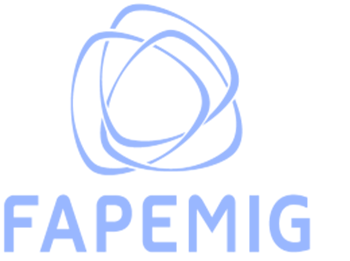Neurosciences for High School
dissemination of scientific knowledge at Santarém, State of Pará, Brazil
DOI:
https://doi.org/10.14393/REE-v22n22023-68818Keywords:
Science, Active methodology, Nervous system, Teaching-learningAbstract
Neuroscience is an area of knowledge that seeks to understand the different mental processes and the underlying bases of the Nervous System. This theme currently has gained greater focus for helping to understand and enhance mechanisms of learning at different academic levels. In this sense, teenagers in high school are still vulnerable in their ability to make decisions and part of this vulnerability may be due to the lack of knowledge of the phenomena that Neuroscience allows to elucidate. In this perspective, this project sought to bring to high school students of a public school in the city of Santarém/Pará, theoretical and practical knowledge about the applications and concepts of the Neurosciences. To get know the several themes of this area, each week a different theme was approached, relating to the integration of the functioning of the brain and the rest of the body. The experience of introducing concepts of the functioning of the “brain-mind” pair for these teenagers made the dissemination of the Neurosciences an effective way to popularize this area of science, as well as, motivate them to learn and understand their reality, since Neuroscience blends several areas of knowledge.
Downloads
References
BORELLA, M. P.; SACCHELLI, T. Os efeitos da prática de atividades motoras sobre a neuroplasticidade. Revista Neurociências, São Paulo, v. 17, n. 2, p. 161-169, 2009. DOI 10.34024/rnc.2009.v17.8577. Disponível em: https://periodicos.unifesp.br/index.php/neurociencias/article/view/8577. Acesso em: 18 jan. 2023.
CALDAS, A. C. A vida do cérebro: da gestação à idade avançada. Lisboa: Verso de Kapa, 2016.
COSENZA, R. M.; GUERRA, L. B. Neurociência e educação: como o cérebro aprende.
Porto Alegre: Artmed, 2011.
COSTA, A. C. M.; SOUZA, V. C. A. Análise de trabalhos que abordam a relação entre Neurociências e Educação no período de 2014 a 2019 e suas interfaces com o Ensino de Ciências/Química. Educação, Santa Maria, v. 46, n. 1, p. 1-25, 2021. DOI 10.5902/1984644444048. Disponível em: https://periodicos.ufsm.br/reveducacao/article/view/44048. Acesso em: 18 jan. 2023.
CUNHA, P. A. F. Neurociência e educação: a estimulação cognitiva como possibilidade de intervenção na educação inclusiva. 2015. Monografia (Especialização em Desenvolvimento Humano) – Programa de Pós-Graduação em Processos de Desenvolvimento Humano e Saúde, Universidade de Brasília, Brasília, 2015. Disponível em: https://bdm.unb.br/bitstream/10483/15833/1/2015_PollyanaAparecidaFCunha_tcc.pdf. Acesso em: 18 jan. 2023.
FILIPIN, G. et al. Popularizando a neurociência em escolas públicas através da exibição de filmes seguida por rodas de conversa. Cataventos, Cruz Alta, v. 8, n. 1, p. 61-73, 2016. Disponível em: https://revistaeletronica.unicruz.edu.br/index.php/cataventos/issue/view/34. Acesso em: 18 jan. 2023.
FLOR, D.; CARVALHO, T. A. P. Neurociência para educador: coletânea de subsídios para “alfabetização neurocientifíca”. São Paulo: Baraúna, 2012.
FRIGOTTO, G. A interdisciplinaridade como necessidade e como problema nas ciências sociais. Ideação, Foz do Iguaçu, v. 10, n. 1, p. 41-62, 2010. DOI 10.48075/ri.v10i1.4143. Disponível em: https://e-revista.unioeste.br/index.php/ideacao/article/view/4143. Acesso em: 18 jan. 2023.
GERMANO, M. G.; KULESZA, W. A. Popularização da ciência: uma revisão conceitual. Caderno Brasileiro de ensino de Física, Florianópolis, v. 24, n. 1, p. 7-25, 2007. Disponível em: https://periodicos.ufsc.br/index.php/fisica/article/view/1546. Acesso em: 18 jan. 2023.
GROSSI, M. G. R.; LOPES, A. M.; COUTO, P. A. A neurociência na formação de professores: um estudo da realidade brasileira. Revista da FAAEBA: Educação e Contemporaneidade, Bahia, v. 23, n. 41, p. 27-40, 2014. Disponível em: http://educa.fcc.org.br/scielo.php?script=sci_abstract&pid=S0104-70432014000100004&lng=pt&nrm=iso. Acesso em: 17 jan. 2023.
LACANALLO, L. F. et al. Métodos de ensino e de aprendizagem: uma análise histórica e educacional do trabalho didático. In: Jornada do Histedbr - O trabalho didático na história da educação, 7., 2007, Campo Grande. Anais [...]. UFMS; UNIDERP; UEMS; UNAES: Campo Grande, 2007. p. 580-587.
LENOIR, Y. Três interpretações da perspectiva interdisciplinar em educação em função de três tradições culturais distintas. E-curriculum, São Paulo, v. 1, n. 1, 2005. Disponível em: https://revistas.pucsp.br/index.php/curriculum/article/view/3109. Acesso em: 18 jan. 2023.
SOUZA, M. et al. Neurociência e o déficit intelectual: aportes para a ação pedagógica. Revista Psicopedagogia, v. 32, n. 97, p. 107-114, 2015. Disponível em: https://www.unifal-mg.edu.br/humanizacao/wp-content/uploads/sites/14/2017/02/CLAUDIA-GOMES-MARLENE-CABRAL-1.pdf. Acesso em: 18 jan. 2023.
Downloads
Published
How to Cite
Issue
Section
License
Copyright (c) 2023 Daniela Andressa Ferreira Viana, Maxwell Barbosa de Santana

This work is licensed under a Creative Commons Attribution-NonCommercial-NoDerivatives 4.0 International License.
Ao publicarem nesta revista, os autores concordam em manter os direitos autorais e concedem à revista o direito de primeira publicação, com o trabalho simultaneamente licenciado sob a licença Creative Commons Atribuição-NãoComercial-SemDerivações 4.0 Internacional.





